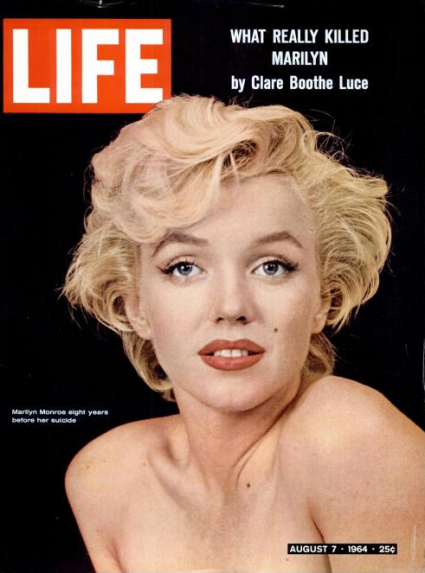Another PSA from my youth. I still find myself humming that groovy music once in a while. Unfortunately, I was almost forty years old before this one sank in completely:
Year: 2009
How I Learned About Sexually Transmitted Diseases…
I remember this spot running regularly during the daytime when I stayed with my aunt while my mom was at work. It must have been around 1971 or 1972, and I assume the campaign was a result of increased (but still non-lethal) infections related to that trendy new sexual revolution thingy. Frankly, it’s amazing that something like this could air at all in the early 1970s considering that ten years later, Ronald Reagan couldn’t even bring himself to utter the term “AIDS”.
What a delight it must have been for parents to hear a six- or seven-year-old me running around the house singing this song. And by the way, I love that VD-stricken librarian.
Planet SOMA
In his column in today’s Chronicle, C.W. Nevius suggests that gentrification finally won the game in my old neighborhood, that it’s not a bad thing, that the results “don’t frighten anyone,” and that it “may be most vibrant and attractive neighborhood in the city.” He even goes so far as to argue that the new South of Market might provide a template for all future urban development in San Francisco.
I humbly disagree.
First, his definitions are blurry. Is Nevius talking about the new development in the eastern part of the district near the Financial District? If so, there may be some merit to his assertion that the area was something of a blank canvas, at least with respect to residential development. Indeed, very few residents were displaced here. Even so, I don’t find the results especially distinctive. But for the occasional obscured view of the water or the Bay Bridge, this high-rise jungle of sparkling new million dollar condos and big box retailers could be in just about any larger North American city. Granted, it’s perhaps a little more transit-oriented than it might have been in, say, Charlotte, and I suppose it’s not particularly unpleasant. But it’s also not particularly unique, except maybe in scale and price.
That said, the King Street/AT&T Park corridor is only part of the South of Market Area. Nevius states that “as the area fills in” that “surely residents in those areas can see that the specter of gentrification isn’t that bad.” The section west of Moscone Center, though, hasn’t been a blank slate since about 1906 when it all burned down. It’s pretty darned full already. There are, and always have been, people living there, and prior to the 1990s, many of these people were of rather modest means. Since the 1990s, a large number of these people (not to mention small businesses) have been displaced. These folks might have a slightly different perspective on the effects of gentrification in the area.
I don’t live in San Francisco anymore, and I’m not directly affected by any of this. But I do care about urban development, and I also recognize that many people look to San Francisco for a model of how their own cities might evolve. If there’s a model to follow here, though, I’d prefer that it not be this “slash and burn” style of development that erases everything (and everyone) that was there before. It’s one thing to do this to an area where there wasn’t all that much to begin with, but to superimpose this model onto an existing neighborhood seems to me the antithesis of urbanity, whether it’s done in the name of “slum clearance” in 1959 or “transit-oriented development” fifty years later.
Nevius closes by saying that he’ll “be interested in what the rest of the city looks like (in ten years). And how much it resembles the new gentrification.”
For San Francisco’s sake, I’m hoping there won’t be much resemblance at all.
Civil Rights Geography
I’ll post a link to the larger project later, but here’s something I’ve been working on at work this week. Mind you, I’m wrking on a much cooler and more complicated set-up for Groceteria when I get a second here and there. More on that later, too.
View Civil Rights Greensboro Location Map in a larger map
Life, Marilyn, Archived Magazines, Etc.
Evidently, I was born under the Sign of Marilyn in the Life Magazine Zodiac.
Think what you may about Google Books, but this new project is kind of cool, and will make a great time waster at some point in the future when I have actual time to waste.
